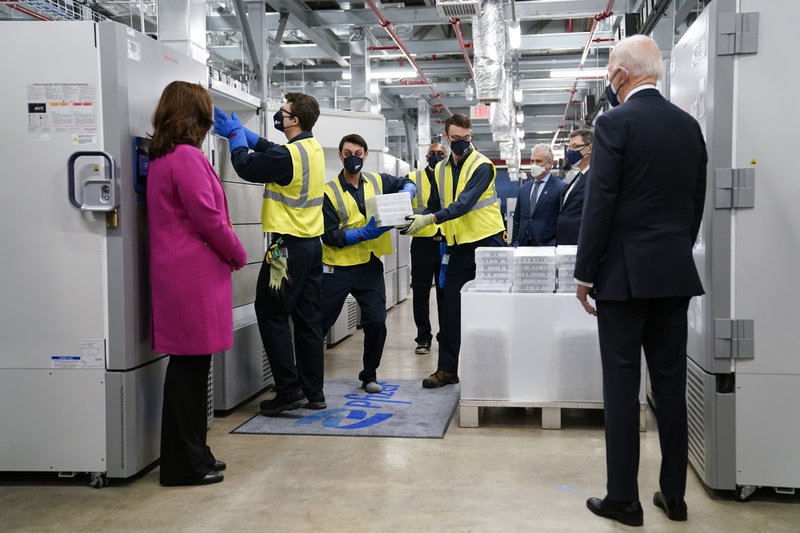
The Jacksonville area saw some key manufacturing indicators contract in June, according to a monthly report by University of North Florida (UNF) researchers.
The UNF Jacksonville Economic Monitoring Survey (JEMS) showed two key indicators on the slide last month. Manufacturing output in Northeast Florida contracted, along with new export orders.
The output index figure for June dropped 5 points, from 52 in May to 47 on the UNF scale. The survey is overseen by Albert Loh, interim dean of the UNF Coggin College of Business, who wrote manufacturing output in the Jacksonville area is reflecting a national trend.
“This broader economic contraction highlights ongoing challenges such as weak new order rates and declining backlog levels nationally. It indicates hesitance among companies to invest in inventory amidst economic uncertainty. The national contraction reflects a cautious stance by businesses across the country,” Loh said in the report.
Meanwhile, new export orders were sluggish in the Jacksonville area which straddles the St. Johns River and has one of the largest seaports in the Southeast. That index figure dropped from 50 in May to 47 in June.
“This decline suggests that companies in Jacksonville are experiencing reduced demand from international markets,” the UNF report concluded, adding the Northeast Florida new export order drop was in line with a national decline in June. “Reduced export orders can lead to lower production levels, affecting businesses that rely heavily on international trade.”
The JEMS report is compiled after UNF researchers collect data from the manufacturing sector on the First Coast to measure a degree of change in indicators.
Some of the other manufacturing indicators that showed signs of contraction in Northeast Florida in June included finished goods inventory and inventory of input purchased.
There were some limited signs of manufacturing expansion at First Coast companies in June. Backlogs of work, average input prices and quantity of input purchased all grew last month when compared to May.
Notably, employment, new orders and output prices remained unchanged for June, along with a few other indicators.
While there was some turbulence among some key indicators, Loh said in the report the Jacksonville manufacturing sector was relatively stable in June.
“Despite the overall contraction, Jacksonville shows signs of stability and potential resilience,” the report stated. “Local companies appear to be maintaining their staffing levels despite broader economic pressures, which can provide a foundation for future growth if market conditions improve.”



